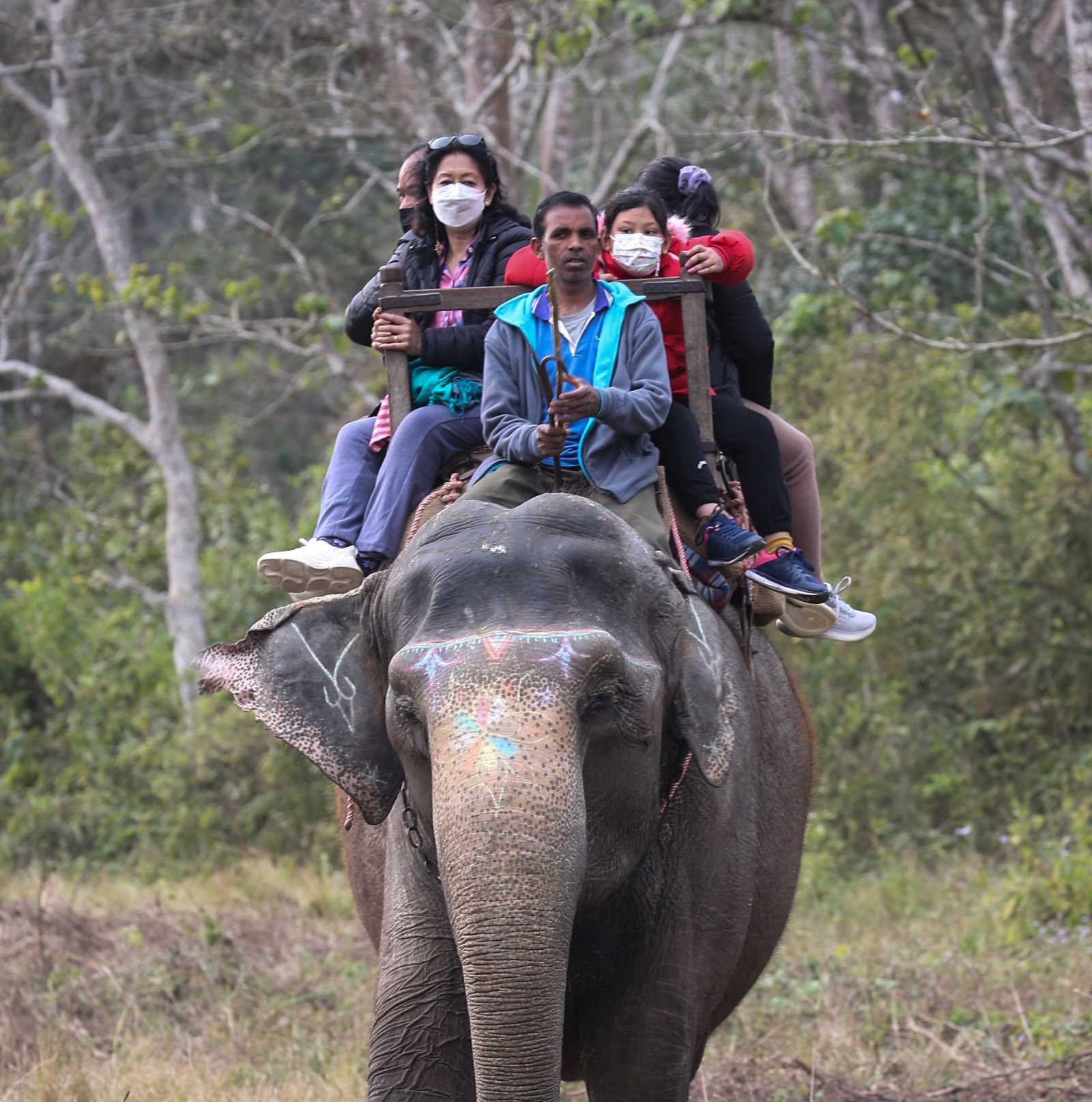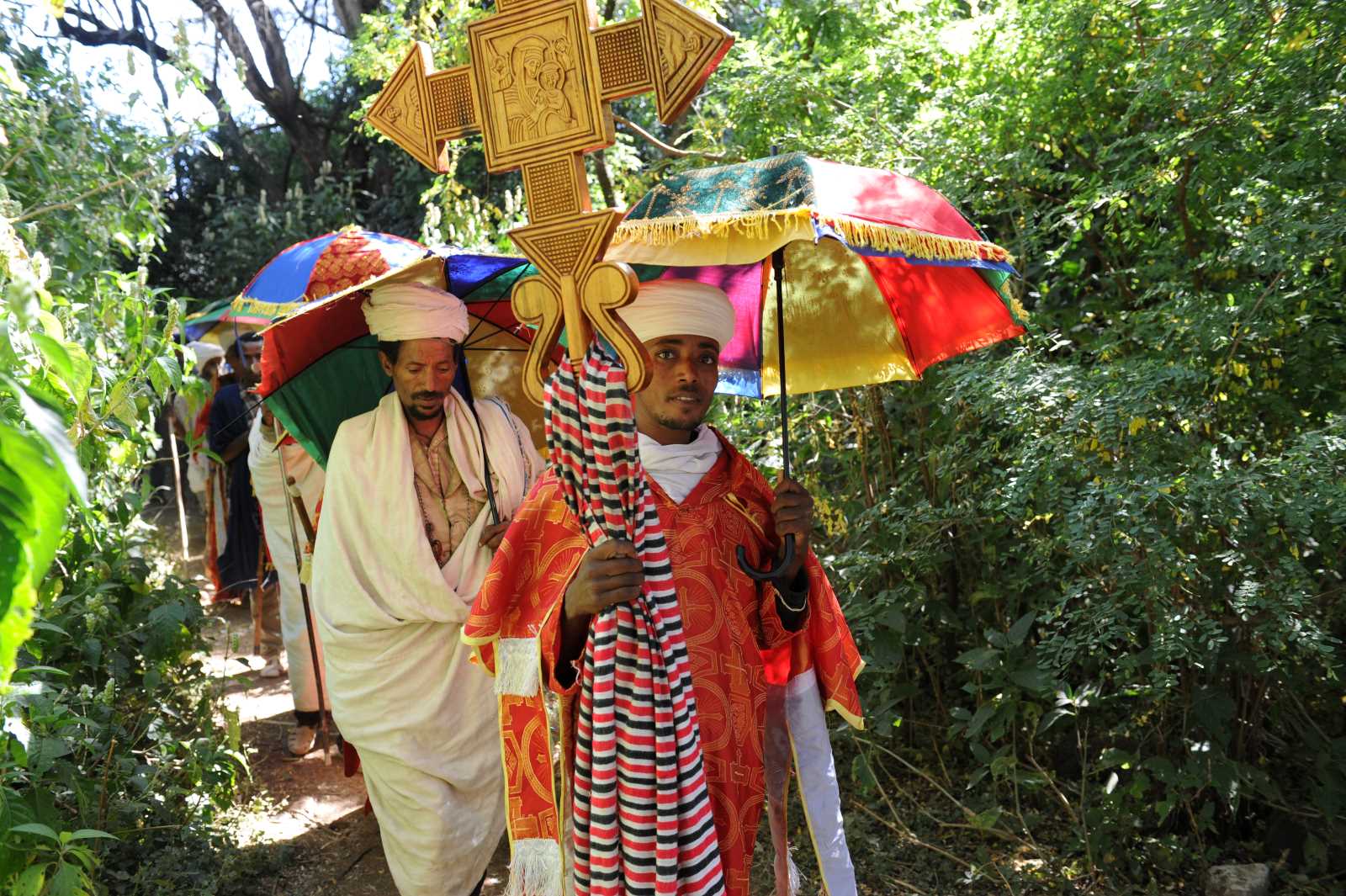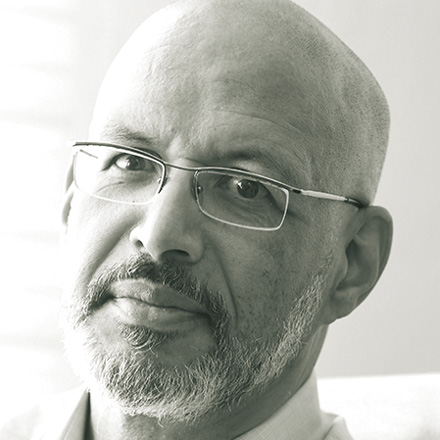Nepal
A brief history of Nepal’s tourism industry

The tourism sector began to flourish after the fall of Rana rule. In 1953, Sir Edmund Hillary and Tenzing Norgay were the first persons to climb to the summit of Mount Everest. Their achievement put Nepal on the global tourism map. Relevant infrastructure developed, including airports, airlines and trekking agencies. To a considerable extent, moreover, rural roads, power supply and piped-water systems have improved around popular destinations.
Trailblazing hippies
In the 1960s and 1970s, Nepal became popular among young counter-culture travellers from western countries. The “hippie era” was a colourful chapter in the country’s tourism history. Nepal later kept attracting a growing number of people interested in culture, nature, adventure and, in some cases, Asian spirituality.
The tourism sector, however, suffered when armed internal conflict rocked the nation from 1996 to 2006. Things improved after the fighting stopped and a new political order was confirmed by a new constitution. Quite obviously, incidents like plane hijacking or the royal massacre had made tourists avoid Nepal and go to other places.
Promoting international tourism
Efforts were made to promote tourism. They included the Nepal Tourism Year (2011) and the Lumbini Visit Year (2012). 2020 was supposed to be the Visit Nepal Year, but the Covid-19 pandemic proved severely disrupting. The results included job losses and hardship for masses of people whose livelihoods depend directly or indirectly on tourism.
Today, Nepal’s tourism industry is showing signs of recovery. To attract more international visitors, the years 2023 to 2032 have been declared the Tourism Decade. The government has allocated the equivalent of more than € 80 million to the development of this sector. In 2023, more than 1 million tourists (1,008,614) arrived in Nepal by airplane. Nepal’s tourism sector is showing a good sign of recovery after being severely impacted by the Covid-19 pandemic.
In the past, Nepal’s tourism industry mostly catered to visitors from far away. A recent trend, however, is that Indian travellers have started to come.
Rukamanee Maharjan is an assistant professor of law at Tribhuvan University, Kathmandu.
rukamanee.maharjan@nlc.tu.edu.np















